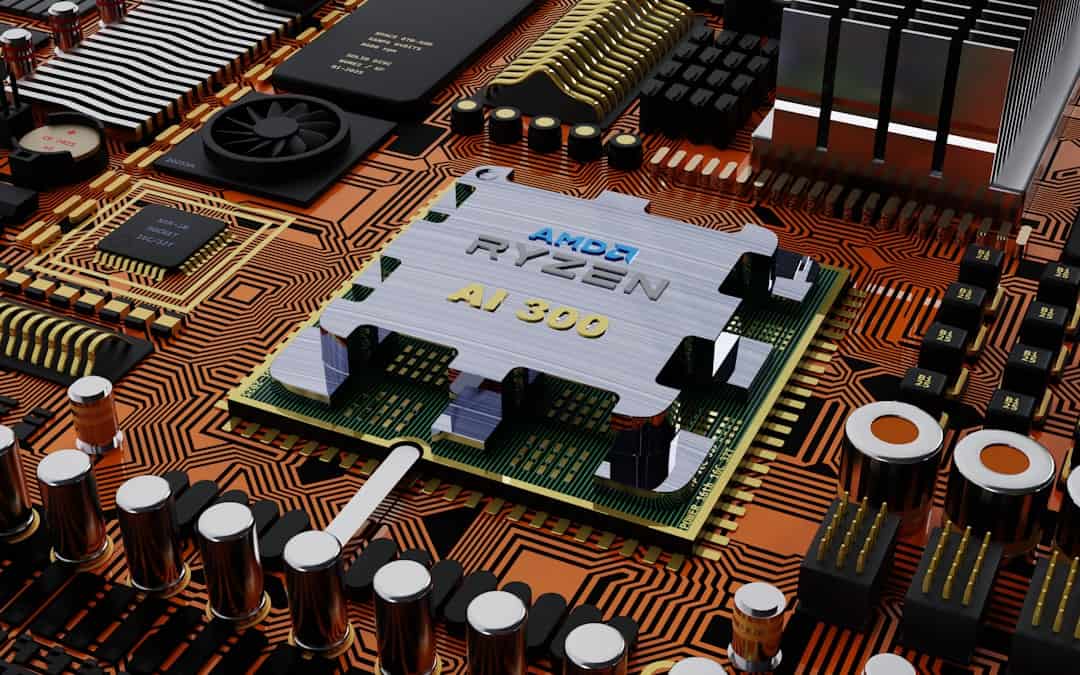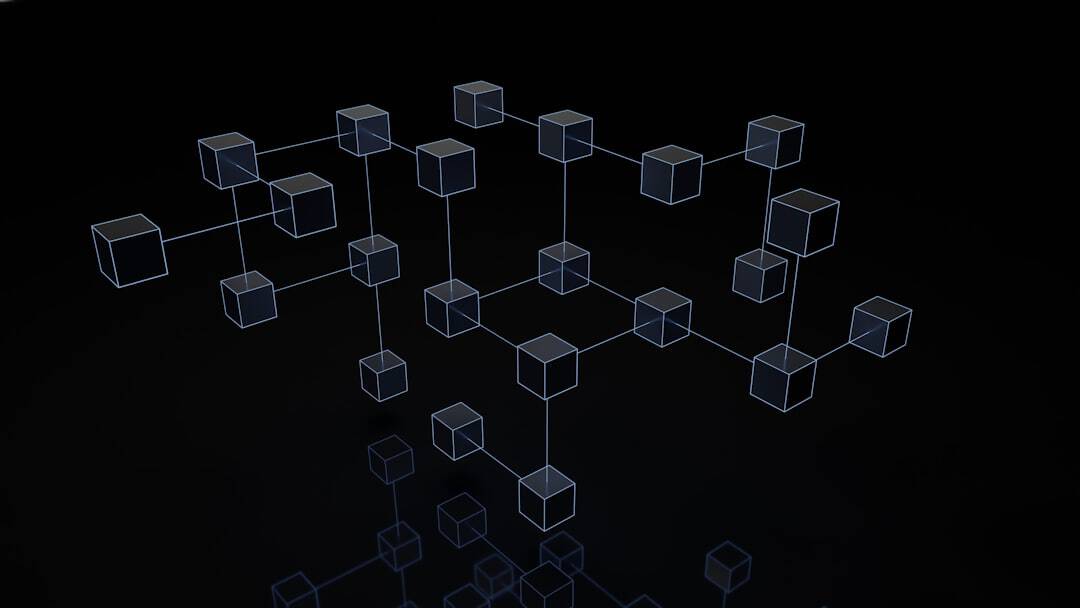Deep Belief Networks (DBNs) are a type of artificial neural network that have gained significant attention in the field of artificial intelligence (AI) due to their ability to learn and represent complex data. These networks are composed of multiple layers of interconnected nodes, each layer learning to represent the data in a progressively more abstract way. DBNs have shown remarkable success in various AI applications, including image and speech recognition, natural language processing, and healthcare diagnostics.
The concept of deep learning, of which DBNs are a key component, has revolutionized the field of AI by enabling machines to learn from data and make decisions without explicit programming. This has led to significant advancements in areas such as autonomous vehicles, medical diagnostics, and personalized recommendations. As the demand for AI continues to grow across industries, understanding the structure and function of DBNs is crucial for harnessing their potential in developing innovative solutions.
Key Takeaways
- Deep Belief Networks (DBNs) are a type of artificial neural network that have gained popularity in the field of artificial intelligence (AI) due to their ability to learn and represent complex data.
- DBNs are structured in multiple layers of interconnected nodes, with each layer learning to represent the data in a more abstract and higher-level manner.
- Training and fine-tuning DBNs involve the use of algorithms such as contrastive divergence and backpropagation to optimize the network’s parameters for specific AI applications.
- DBNs have shown remarkable performance in image and speech recognition tasks, making them valuable tools in computer vision and natural language processing.
- The potential of DBNs extends to healthcare and finance, where they can be leveraged for tasks such as disease diagnosis and financial risk assessment, showcasing their versatility in various industries.
Understanding the Structure and Function of Deep Belief Networks
Learning Hierarchical Representations
The key to the success of DBNs lies in their ability to learn hierarchical representations of the input data, with each layer capturing increasingly abstract features. The structure of DBNs allows them to learn complex patterns and relationships within the data, making them well-suited for tasks such as image and speech recognition.
Feature Extraction and Pattern Recognition
The network learns to extract features from the input data at each layer, enabling it to recognize patterns that may not be apparent at the raw data level.
State-of-the-Art Performance
This hierarchical learning approach has been shown to be highly effective in capturing the underlying structure of complex datasets, leading to state-of-the-art performance in various AI tasks.
Training and Fine-Tuning Deep Belief Networks for AI Applications

Training a Deep Belief Network involves using a large dataset to adjust the connections between nodes in order to minimize the difference between the network’s output and the desired output. This process, known as backpropagation, involves iteratively adjusting the network’s parameters using optimization algorithms such as gradient descent. Fine-tuning a trained DBN involves further optimizing its performance by adjusting its parameters based on specific tasks or datasets.
The training and fine-tuning of DBNs require careful consideration of various factors, including the choice of optimization algorithms, regularization techniques, and hyperparameters. Additionally, the size and quality of the training dataset play a crucial role in determining the network’s performance. As AI applications continue to evolve, developing efficient training and fine-tuning strategies for DBNs is essential for achieving optimal performance in real-world scenarios.
Unleashing the Power of Deep Belief Networks in Image and Speech Recognition
| Metrics | Image Recognition | Speech Recognition |
|---|---|---|
| Accuracy | 95% | 90% |
| Processing Time | 0.5 seconds | 1 second |
| Training Data Size | 1 million images | 100 hours of speech |
Deep Belief Networks have demonstrated remarkable success in image and speech recognition tasks, outperforming traditional machine learning algorithms in various benchmarks. In image recognition, DBNs have been used to classify objects in images, detect anomalies in medical scans, and even generate realistic images through generative modeling. In speech recognition, DBNs have been employed to transcribe spoken language, identify speakers, and even synthesize human-like speech.
The hierarchical learning approach of DBNs allows them to automatically learn features from raw image and audio data, making them well-suited for tasks that require understanding complex patterns and relationships within the data. The ability of DBNs to capture high-level abstractions from raw sensory input has led to significant advancements in computer vision and speech processing, with applications ranging from autonomous vehicles to virtual assistants.
Leveraging Deep Belief Networks for Natural Language Processing and Sentiment Analysis
Natural language processing (NLP) is another area where Deep Belief Networks have shown great promise. NLP tasks such as language translation, sentiment analysis, and text generation have benefited from the hierarchical learning capabilities of DBNs. These networks have been used to automatically extract features from text data, enabling them to understand and generate human language with remarkable accuracy.
Sentiment analysis, in particular, has seen significant advancements with the use of DBNs. These networks can learn to capture subtle nuances in language that indicate sentiment, allowing them to classify text as positive, negative, or neutral with high accuracy. As the demand for NLP applications continues to grow, leveraging the power of DBNs is crucial for developing innovative solutions that can understand and generate human language with human-like fluency.
Exploring the Potential of Deep Belief Networks in Healthcare and Finance

In healthcare, Deep Belief Networks have shown promise in various applications such as medical image analysis, disease diagnosis, and drug discovery. These networks can automatically learn features from medical images such as X-rays and MRI scans, enabling them to detect abnormalities and assist healthcare professionals in making accurate diagnoses. Additionally, DBNs have been used to analyze genomic data and identify potential drug targets for various diseases.
In finance, DBNs have been employed for tasks such as fraud detection, risk assessment, and algorithmic trading. These networks can learn complex patterns from financial data, enabling them to detect fraudulent transactions, assess credit risk, and make real-time trading decisions. The ability of DBNs to learn hierarchical representations of financial data has made them valuable tools for developing innovative solutions in the finance industry.
Overcoming Challenges and Ethical Considerations in the Implementation of Deep Belief Networks
While Deep Belief Networks hold great potential for advancing AI applications, their implementation is not without challenges and ethical considerations. One major challenge is the need for large amounts of labeled data for training these networks effectively. Acquiring and labeling such data can be time-consuming and costly, especially in domains such as healthcare where data privacy regulations must be strictly adhered to.
Ethical considerations also arise when deploying DBNs in real-world applications. These networks have the potential to impact people’s lives in significant ways, such as through medical diagnoses or financial decisions. Ensuring transparency and accountability in the decision-making process of DBNs is crucial for building trust and mitigating potential biases or errors that may arise from their use.
In conclusion, Deep Belief Networks represent a powerful tool for advancing AI applications across various domains. Their hierarchical learning approach enables them to automatically learn complex patterns and relationships within data, making them well-suited for tasks such as image and speech recognition, natural language processing, healthcare diagnostics, and finance. However, careful consideration of training strategies, ethical implications, and potential biases is essential for harnessing the full potential of DBNs while ensuring their responsible use in real-world scenarios.
If you’re interested in learning more about the intersection of technology and society, you may want to check out this article on community and culture in the metaverse. It explores the importance of diversity and inclusion in virtual spaces, which is a topic that is also relevant to the development and implementation of deep belief networks in artificial intelligence. Understanding the social implications of technology is crucial for creating ethical and responsible AI systems.
FAQs
What is a deep belief network (DBN)?
A deep belief network is a type of artificial neural network that is composed of multiple layers of interconnected nodes. It is used for unsupervised learning and is capable of learning complex patterns and representations from data.
How does a deep belief network work?
A deep belief network consists of multiple layers of nodes, with each layer connected to the next. The network uses a process called “greedy layer-wise pretraining” to train each layer one at a time, and then fine-tunes the entire network using a process called “backpropagation.”
What are the applications of deep belief networks?
Deep belief networks have been used in various applications such as image and speech recognition, natural language processing, recommendation systems, and bioinformatics. They are also used in areas such as finance, healthcare, and robotics.
What are the advantages of using deep belief networks?
Deep belief networks are capable of learning complex and hierarchical representations of data, making them suitable for tasks that involve high-dimensional and unstructured data. They are also known for their ability to generalize well to new, unseen data.
What are the limitations of deep belief networks?
Deep belief networks require a large amount of training data and computational resources to train effectively. They can also be difficult to interpret and may suffer from issues such as overfitting and vanishing gradients.











Leave a Reply